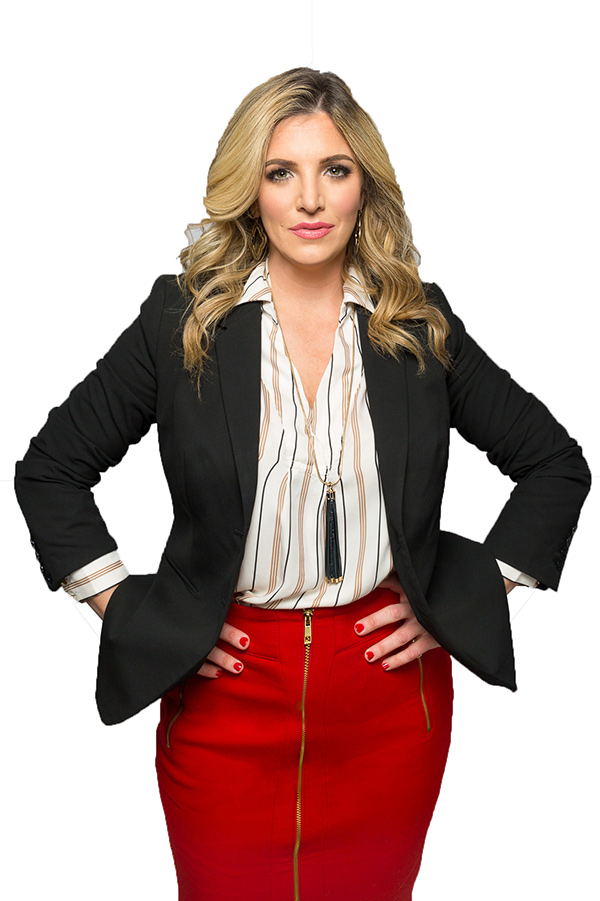by Autumn Ryan, Founder and CEO
I’m seeing so much misinformation lately about what disinfectants can do. The one that reached my inbox that made me laugh most was the one that claimed protection from viruses on surfaces for seven years at a cost of $1,500 per gallon.
Seven years? $1,500 per gallon? Really? Even if it were scientifically possible for anything to achieve that kind of protection at a high kill rate, would it really be worth $1,500 per gallon?
I’m here to tell you that all of us in the cleaning industry must make a commitment to be well-educated about chemicals and what they can and can’t do. We must also advocate for ethical and affordable practices and strive to do no harm to people, plants, animals or the environment. All of this is possible. And it is possible to begin now.
What’s the real danger in the industry?
The real danger in our industry today—even though there are effective alternatives—is disinfectants based on chlorine, ammonia, alcohols, phenols, quats and hydrogen peroxide. Add to that peracetic acid, especially in the food industry.
What is a disinfectant?
Disinfectants are chemicals that when applied to surfaces kill viruses, fungi, mold or mildews. All chemicals claiming to be a disinfectant must be registered with the Environmental Protection Agency (EPA).
[NOTE: Bacteria are not included in the definition of a disinfectant, but are included in the definition of a hospital-grade disinfectant. More about that later.]
Each formula submitted to the EPA has an active ingredient that kills pathogens by disrupting or damaging their cells. The composition can also include other ingredients that aid in some other type of cleaning. But for the most part, the chemicals in disinfectants fall into one of these categories:
Quaternary Ammonium Compounds (Quats)
Toxic, positively charged antimicrobial ammonium compounds that must be used in very low concentrations.
Chlorine Compounds
Including hydrogen chloride (HCl) which is a compound of hydrogen and chlorine and is extremely toxic…notice the “d” in hydrogen chloride which is not to be confused with sodium chlorite (NaCl02) that does not contain free chlorine.
Bleach
Toxic, corrosive and irritating. Bleach is the generic name for sodium hypochlorite (NaClO). Again notice this is not the same as sodium chlorite (NaClO2).
Alcohols
Toxic, highly flammable, and not as effective against pathogens because of the fast rate of evaporation.
Aldehydes
Some bacteria have developed a resistance to these chemicals. They have been found to cause asthma and other health problems.
Phenols
Very toxic and highly corrosive.
Hydrogen Peroxide
Highly reactive if mixed with other chemicals. Its efficacy range is limited and at high concentrations hydrogen peroxide is very dangerous.
How to choose the right disinfectant?
It really all comes down to effectiveness against the pathogens and how quickly the disinfectant kills. See my June 3rd post about kill times.
Now is a good time to discuss hospital-grade disinfectants. By EPA definition, a “hospital grade” disinfectant must kill 2 bacteria, Pseudomonas aeruginosa and Staphylococcus aureus and thus is even more effective than a standard disinfectant. Yes, more expensive than low level disinfectants, but many hospital-grade disinfectants can be diluted and still provide effective killing of pathogens. Hospital-grade disinfectants usually run from $40 per gallon to, well, apparently $1,500 per gallon. Why would anyone in their right mind pay this kind of money?
What about sodium chlorite?
There are affordable alternatives to hospital grade disinfectants that are non-caustic, non-flammable, non-corrosive and chlorine-free. Sodium chlorite is one of those, as is stabilized chlorine dioxide.

